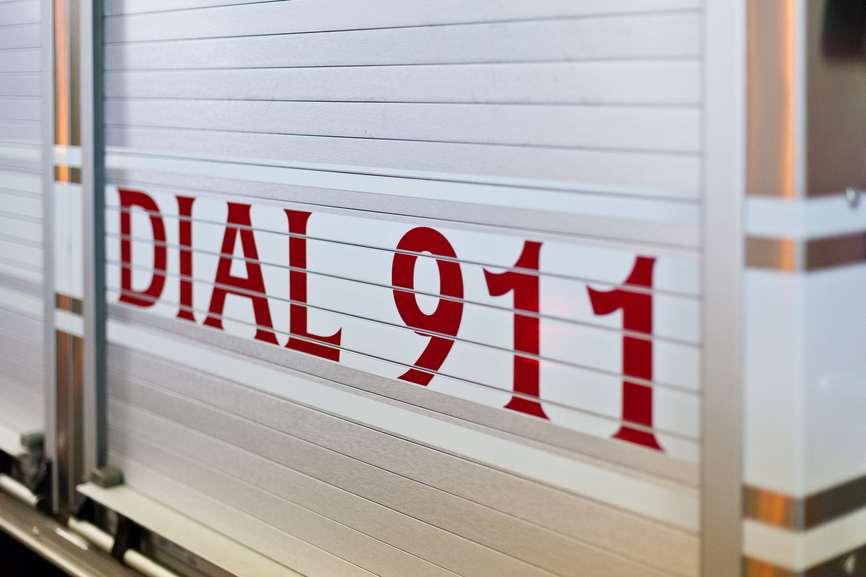Fall prevention for seniors is a primary focus among healthcare practitioners striving to help older adults “age in place” for as long as possible. Seniors are happier in their own home and with the growing number of those over 65, living into their 80’s and beyond, it makes financial sense to keep people independent as long as possible.
Specifically, falls on stairs pose a risk of severe injury and even death. Newly built homes must meet rigorous building codes for both stairs and ramps but older homes may have poorly designed or even dangerous stairways.
According to the Canada Safety Council, falls account for more than half of all injuries in Canadians over 65, and most of these falls occur at home and often involve stairs. Most stairway falls are a result of loss of balance and a common factor is neglecting to use handrails.
Tips for Safer Stairs
- Use a non-slip stair tread or slip-resistant paint on the whole step or at the least on the leading edge.
- Keep all stairs in good repair with no uneven surfaces and free of any debris.
- Handrails must be attached firmly and allow for a firm grip. Ideally they should be round and with a diameter of 4-5 cm. Using a tennis racket grip, the rail should be such that you can run your hand along the entire length without adjusting.
- For stairs without a banister, a guardrail of at least 40 cm above the surface of the stair are needed to prevent falls off the side.
- Improve visibility on stairs with good lighting to prevent misjudging distances. Avoid patterned carpets and use matte paint to avoid glare. Colour contrast on the edge of each stair may help prevent missteps.
- Wearing bifocals can present a challenge when descending a staircase. Tuck in the chin to better view each step through the distance lens of the glasses.
- Do not carry objects with both hand on the stairs or that block vision.
- Never place loose rugs at the top or bottom of a staircase.
- Wear properly fitting, non-slip shoes when using the stairs and take deliberate, unhurried steps.
The National Building Code of Canada indicates that treads on stairs must have a uniform run and a tread depth that varies by no more than 0.6 cm. Most people prefer a slope of 30-35 degrees, steeper steps require more effort to climb.
For more information about stair safety visit the Canadian Mortgage and Housing Corporation fact sheet on preventing falls on stairs at: http://cmhc-schl.gc.ca/en/co/acho/acho_012.cfm .






Add Your Voice
0 Comments
Join the Discussion